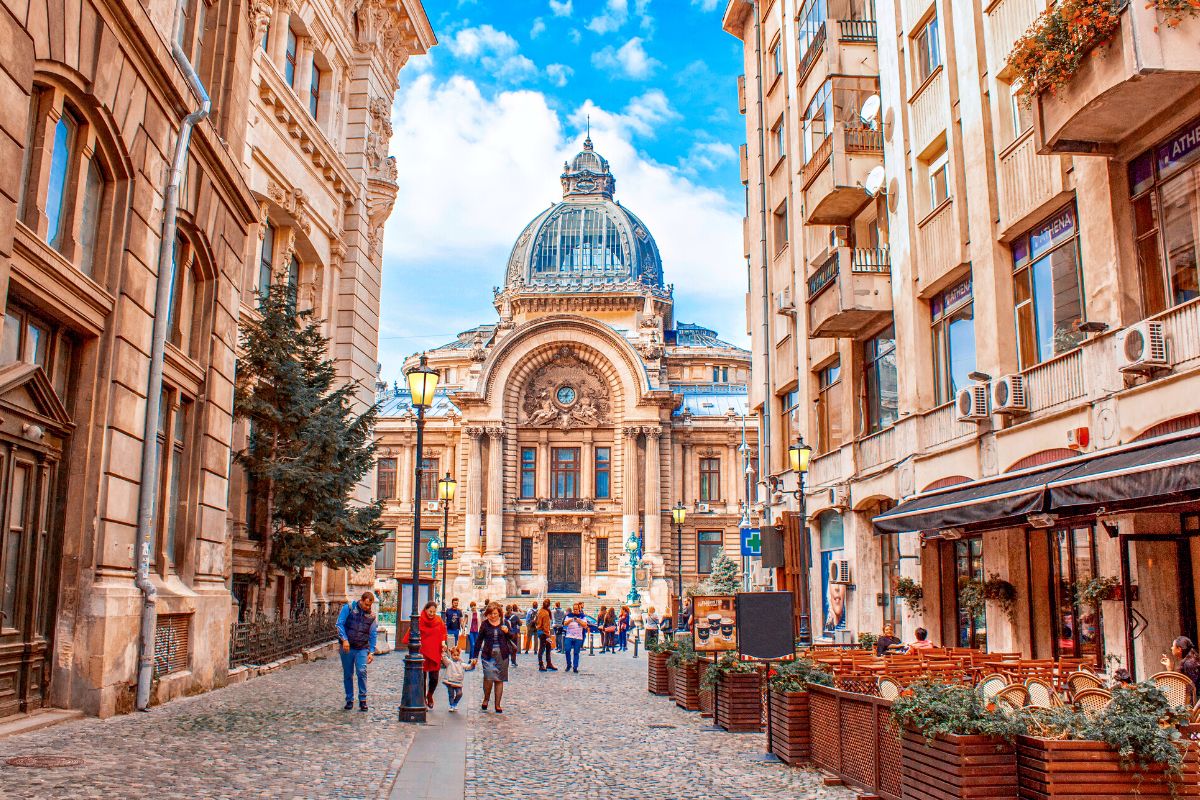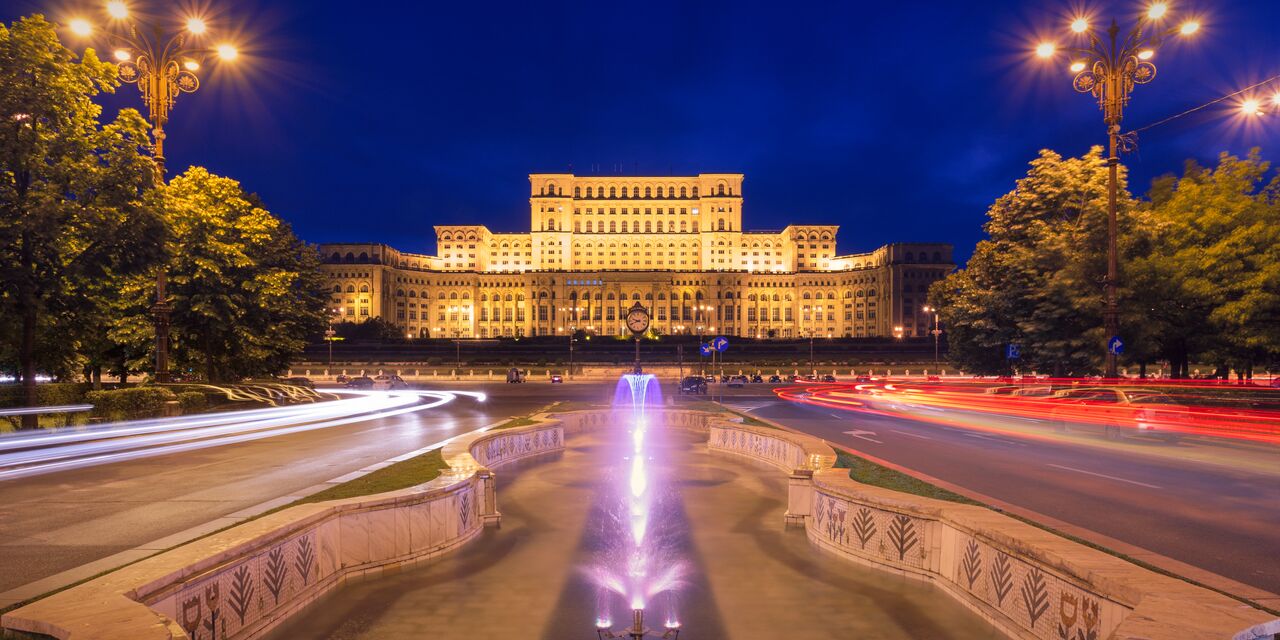



Bucharest, in southern Romania, is the country's capital and commercial center. Its iconic landmark is the massive, communist-era Palatul Parlamentului government building, which has 1,100 rooms. Nearby, the historic Lipscani district is home to an energetic nightlife scene as well as tiny Eastern Orthodox Stavropoleos Church and 15th-century Curtea Veche Palace, where Prince Vlad III (“The Impaler”) once ruled. ― Google
April to June & September to October: Pleasant weather, fewer tourists, great for city walks.
July–August: Warm and lively, with lots of festivals, though it can be hot.
December: Festive atmosphere, Christmas markets, and cultural events.
Henri Coandă International Airport (OTP): Romania’s main international gateway.
Train or bus connections available from major European cities.
In-city transport: Metro, buses, trams, and rideshares (Uber/Bolt) are affordable and efficient.
Palace of the Parliament: The world’s heaviest building and a symbol of Romania’s Communist history — colossal and imposing.
Old Town (Lipscani): Buzzing with bars, cafés, shops, and beautiful historic buildings.
Romanian Athenaeum: A neoclassical concert hall — stunning inside and out.
Village Museum (Muzeul Satului): An open-air museum with traditional homes from all over Romania.
Calea Victoriei: A grand boulevard lined with elegant buildings and museums.
Revolution Square: Historic site of the 1989 revolution.
Take a walking tour of Communist-era landmarks or street art.
Relax in Herăstrău Park or Cişmigiu Gardens — beautiful green spaces in the city.
Explore local markets like Obor for fresh food and authentic city life.
Attend a classical music concert or ballet at the opera house.
Experience Bucharest nightlife in Old Town — lively and diverse.
Boutique hotels in Old Town or on Calea Victoriei offer history and style.
Modern chain hotels and budget hostels are widely available.
Airbnbs and apartments are great for longer stays.
Traditional dishes to try:
Sarmale (stuffed cabbage rolls)
Ciorbă de burtă (tripe soup) or ciorbă rădăuțeană
Mici (grilled minced meat rolls)
Cozonac (sweet bread)
Local drinks:
Țuică (plum brandy), local wines, and craft beers
Great coffee culture with modern cafés everywhere
Romanians are warm, expressive, and hospitable.
The city reflects layers of Ottoman, French, Communist, and post-EU influences.
Music, theater, and literature are vibrant and well-respected.
Street art, tech start-ups, and underground culture are emerging fast.
Use cash (lei) for small purchases, but cards are widely accepted.
Taxis should use meters — or use apps like Bolt or Uber.
English is spoken, especially among younger people.
Watch for beautiful courtyards and hidden churches — many are tucked behind façades.